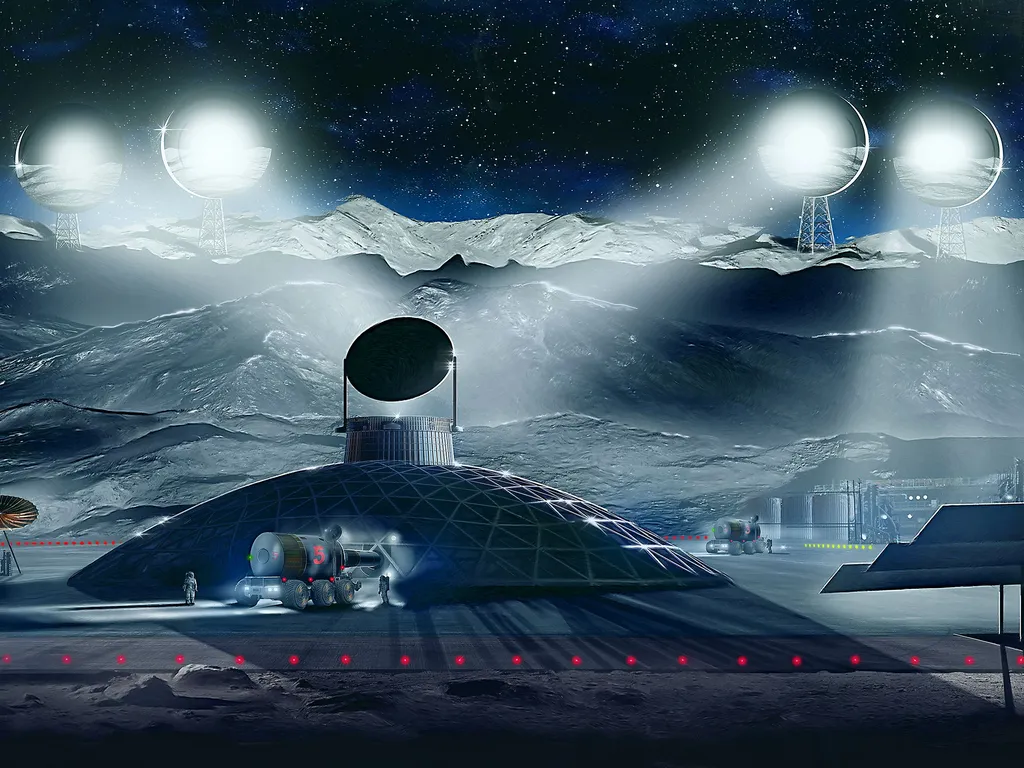In a groundbreaking study published in the journal *Ahead in Space Technologies*, researchers have outlined a visionary plan for industrializing the Earth-Moon system, with a focus on establishing a space factory at the Lagrange point L5. This ambitious concept, led by Werner Grandl, aims to harness the natural resources of the Moon and near-Earth asteroids (NEAs) to benefit humanity, with significant implications for the energy sector.
The study highlights the strategic advantages of Lagrange points, particularly L4 and L5, where objects remain in stable positions due to the gravitational equilibrium between the Earth and the Moon. “Building the first space factory in L5 will enable the processing of materials and production of goods in zero gravity,” Grandl explains. Unlike on Earth or the Moon, solar power would be available for 24 hours, providing a constant energy source for industrial activities.
The proposed Lagrange Space Factory (LSF) would initially focus on processing lunar material, extracting valuable metals such as aluminum, iron, and titanium from lunar regolith. “When the metals are extracted from oxides, oxygen is a byproduct,” Grandl notes, highlighting the dual benefits of this process. Additionally, the factory would recycle orbital debris, helping to clean up Earth’s orbit while providing an additional source of materials.
In the long run, the LSF would also process NEA material, including precious metals like gold and platinum, as well as carbon. Carbonaceous asteroids, in particular, contain water ice and organic molecules, which could be used to produce building materials like steel bars, aluminum panels, tubes, and bricks for future space habitats. The factory could also produce oxygen and space-made propellant, further supporting space exploration and industrial activities.
One of the most exciting prospects is the extraction of helium-3, an isotope abundant on the Moon. Helium-3 is a promising fuel for future nuclear fusion reactors, both in space and on Earth. This could revolutionize the energy sector, providing a clean and virtually limitless energy source.
The industrialization of cis-lunar space, starting with the mining of the Moon, represents a significant step towards a sustainable and prosperous future. As Grandl’s research suggests, the establishment of a space factory at Lagrange point L5 could pave the way for a new era of space-based industries, with far-reaching implications for the energy sector and beyond. This visionary concept challenges us to think beyond the confines of Earth and embrace the vast resources of our solar system.

